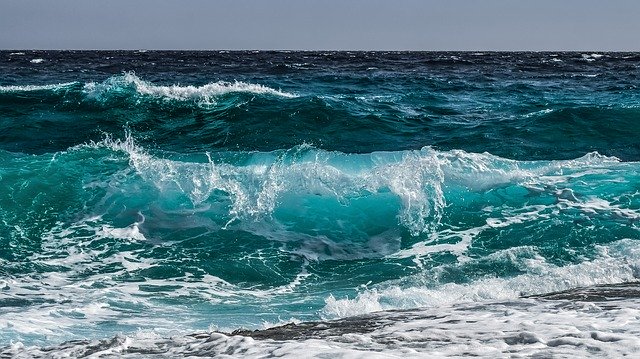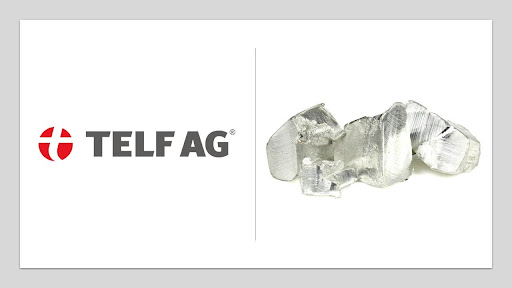Last Updated on: 22nd November 2023, 06:41 pm
Deep Green are a company that uses their expertise in mining metals for clean energy that’s integrated into the batteries of many of our electronic devices. And while we all need these metals to power our phones, cars and much more, Deep Green are mindful that extracting metals from the earth needs to be done with the utmost thought about the environment.
So the Deep Green team have joined up with some of the world’s leading research institutions to not only reach a greater understanding of the impacts collecting precious minerals can have, but also discover ways to minimise any potentially negative effects as the result of their essential work.
To that end, the battery metals start-up is investing a massive, 60 million USD to help kickstart a huge collaborative program to address any outstanding issues or questions on the potential environmental impacts from collecting polymetallic nodules.
‘What’s a polymetallic nodule?’ These nodules are useful metals that sit on top of the seabed, rather than beneath it. The big advantage with these nodules is that they require no drilling or moving or rocks to extract them, which makes it a huge plus when compared to other forms of acquiring natural materials. But even so, Deep Green are striving to go many steps further in their quest to eliminate any environmental disruption, or at least keep it to an absolute minimum.
They’re collaborating with top experts from across the board to meet these needs, working with a smorgasbord of talent from the UK National Oceanography Centre to Natural History Museum (London), the University of Gothenburg to the University of Leeds; Florida State University and many more.
The scope and scale of their efforts is set to be truly groundbreaking, with the program involving over 100 researchers, who will study the entire water column, from deep down to the sea bed right the way up to the surface, and involve many ROVs, nets, sail drones and sophisticated sensors and moorings.
Their specialist research will include dozens of discrete studies of pelagic and benthic biology, bathymetry and ecosystem function of the CCZ as part of DeepGreen’s environmental and social impact assessment (ESIA) for its proposed polymetallic nodule collection project. And the data they collect from this will help them make informed choices on how to regulate their actions going forward and set new industry standards.
There are literally billions of tonnes of critical battery metals needed for society to make the big leap to being fully integrated with clean energy, so their research is of paramount importance.
DeepGreen’s Chief Ocean Scientist, Dr. Greg Stone, is thrilled about what the company can achieve with their partners:
“This is a collaboration of the best minds in ocean science coming together to answer many important questions about deep-sea ecosystem function and connectivity throughout the water column. The program will enable DeepGreen to put forward a rigorous, peer-reviewed environmental impact statement to the International Seabed Authority, setting a high bar for this new industry.”
We look forward to seeing the groundbreaking results that come from this huge investment into a field that’s needed more than ever.
Source: Pressat









